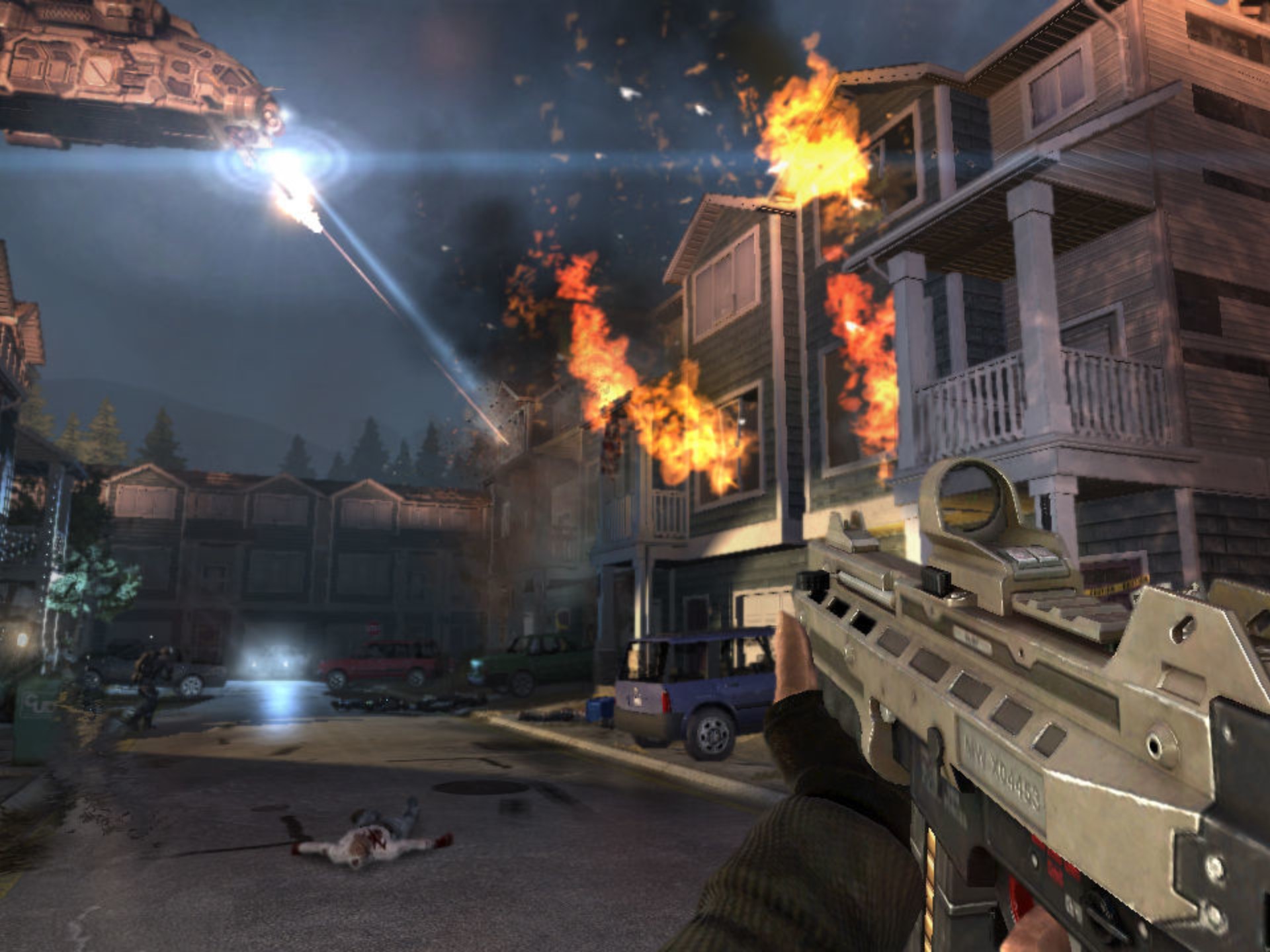Title: Mind Reader Simulator VR: Thought Missions Update Redefines Immersive Empathy
Virtual Reality has long promised to transport us to new worlds, but its most profound potential may lie in exploring the inner worlds of others. The latest update to the groundbreaking application, Mind Reader Simulator VR, titled "Thought Missions," achieves just that. This isn't merely new content; it's a paradigm shift for the platform, transforming it from a fascinating tech demo into a powerful engine for narrative exploration and empathetic connection.
Beyond the Gimmick: The Foundation of Mind Reader Simulator VR
For the uninitiated, Mind Reader Simulator VR is built on a simple yet revolutionary premise: using a combination of biofeedback sensors (via optional haptic gloves or integrated headset sensors) and sophisticated AI, the application creates a real-time visual and auditory representation of a person's emotional and cognitive state. Users see the world through another's eyes, but layered with visual metaphors for stress (crackling static), joy (warm, blooming light), focus (sharp, clear lines), and deception (distorting, glitch-like effects). The core experience has always been about observation.
The "Thought Missions" update changes the game from observation to participation.
Introducing Thought Missions: The Empathy Engine
The update introduces a series of structured, narrative-driven scenarios called "Thought Missions." Each mission places you in a high-stakes, emotionally charged situation where your objective isn't to shoot, jump, or solve a traditional puzzle. Your only tool is your ability to read, interpret, and responsibly respond to the thoughts and emotions of the character in front of you.
#VR #EmpathyTech #GamingForGood
-
The Negotiator: You are immersed in a tense standoff. A individual is on a ledge, overwhelmed by despair and anger. The environment reflects their turmoil—rain lashes down, the city lights below blur into streaks of anxiety. Your controller vibrates with their racing heartbeat. You must listen to their spoken words but also "listen" to the emotional subtext visualized around them. Choosing dialogue options aligned with their true, hidden emotional state (e.g., acknowledging their fear rather than dismissing it) builds trust. Misreading their anger as aggression and responding with force leads to a tragic outcome. The mission's success is measured in human connection, not points.
-
The Truth Seeker: In a minimalist interrogation room, you must determine if a subject is telling the truth about a corporate crime. The clean environment becomes your canvas. As they speak, their confident words might be undercut by subtle visual cues—a faint, pulsing vein of nervous energy around their temple, or a fleeting, glitched memory that contradicts their statement. You are tasked with peeling back the layers of their performance to find the core truth. It’s a gripping puzzle where the pieces are micro-expressions and subconscious emotional leaks.
#NarrativeGaming #Biofeedback #FutureOfStorytelling
- The Bridge: This mission is a masterpiece of quiet intimacy. You sit on a park bench with an elderly character experiencing memory loss. The world around you flickers and shifts between the present-day park and vivid, fragmented memories of their past. You see the joyful, bright memory of their wedding day superimposed over the grey bench, and the haunting, dark shadows of a memory they’ve lost. Your role is not to interrogate but to accompany them, using prompts to gently guide them toward a comforting or clarifying memory. It’s a poignant experience that fosters a deep understanding of conditions like dementia.
The Technology Powering the Experience
The "Thought Missions" update leverages advancements in three key areas:
- AI-Driven Emotional Modeling: The characters’ emotional responses are no longer pre-scripted in a linear fashion. A complex AI model generates their reactions based on your cumulative choices, creating a dynamic and authentic feel to every interaction.
- Enhanced Biofeedback Integration: For users with compatible hardware, the experience becomes even more immersive. The system can use slight galvanic skin response or heart rate variability from the user to subtly influence the simulation, suggesting a two-way emotional flow between the player and the virtual character.
- Procedural Narrative Generation: While the missions have set beginnings and endings, the path to get there has significant variety. The dialogue trees and emotional states branch organically, encouraging replayability to discover different outcomes and deeper layers to each character's psyche.
The Impact: More Than Just a Game
Mind Reader Simulator VR: Thought Missions solidifies VR's role as the ultimate empathy machine. It moves beyond entertainment into the realms of experiential learning and therapeutic simulation.
- Education: Psychology students can practice therapeutic communication in a safe, consequence-free environment.
- Corporate Training: Could be used for advanced training in negotiation, leadership, and customer service, teaching employees to better read emotional cues.
- Personal Growth: For players, it serves as a powerful exercise in active listening and emotional intelligence, skills desperately needed in the modern world.
#VirtualReality #MindReaderSimulator #EmotionalIntelligence
The "Thought Missions" update is a bold step forward. It proves that VR's most thrilling adventures might not involve exploring alien planets or fighting zombies, but exploring the complex, beautiful, and often terrifying landscape of the human mind. It challenges the very definition of a "game," offering instead an experience—a chance to walk a mile in another's thoughts, and in doing so, understand ourselves a little better.

















